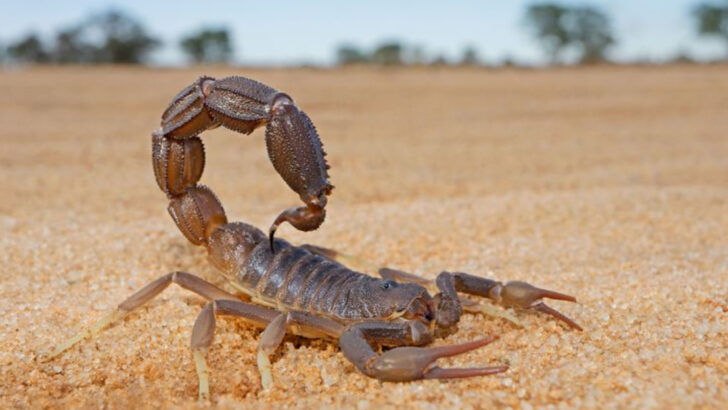When we think about a nuclear apocalypse, it’s easy to imagine a world without much life left. But surprisingly, some animals have evolved in ways that make them far more resilient than we might expect. From creatures that can withstand radiation to those that have an incredible ability to adapt, there are more species on this planet that could thrive under extreme conditions than you’d think.
In fact, there are certain animals that have already demonstrated a remarkable ability to survive harsh environments—some of them could easily outlast humans in a post-apocalyptic world. Whether it’s their tough exoskeletons, the ability to regenerate body parts, or their radiation resistance, these animals are built for survival. Here’s a look at 25 creatures that could likely make it through the worst, surviving long after the dust settles.
Tardigrade
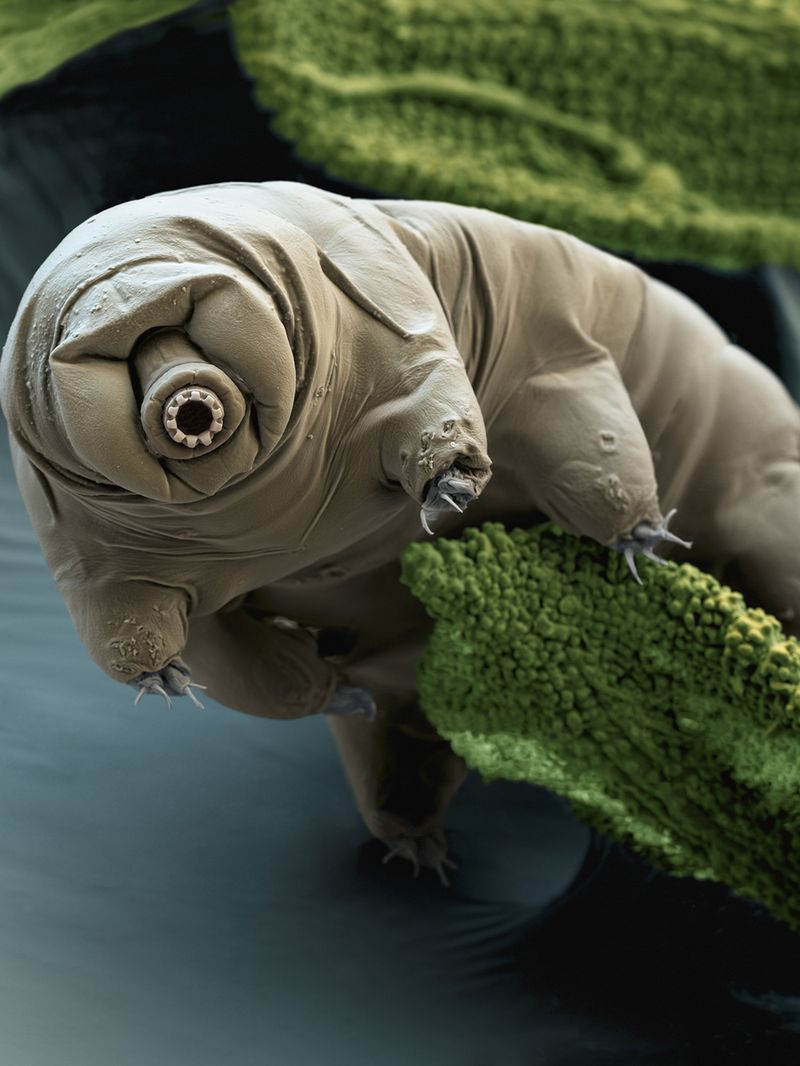
Tardigrades, often called water bears, are microscopic creatures renowned for their resilience. These tiny animals can withstand extreme temperatures, radiation, and even the vacuum of space, thanks to their ability to enter a cryptobiotic state.
This state allows them to survive without water for years, making them virtually indestructible. Scientists have found tardigrades to be one of the most radiation-resistant organisms on Earth. Their unique ability to repair DNA damage ensures their survival in environments that would obliterate most life forms.
Tardigrades are a true testament to survival against all odds.
Cockroach
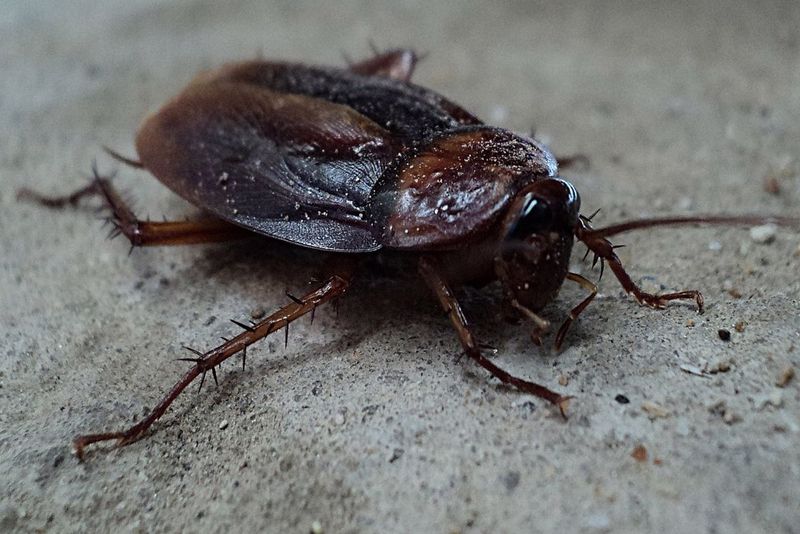
Cockroaches are infamous for their survival skills, making them prime candidates for surviving a nuclear apocalypse. These insects can withstand high levels of radiation and reproduce quickly.
Their ability to eat almost anything, including decaying organic matter, gives them an edge in devastated environments. Cockroaches have existed for millions of years, evolving to adapt to various harsh conditions.
While they might not be humanity’s favorite creatures, their resilience is undeniable. Their survival prowess is a testament to their adaptability in the face of disaster.
Scorpion
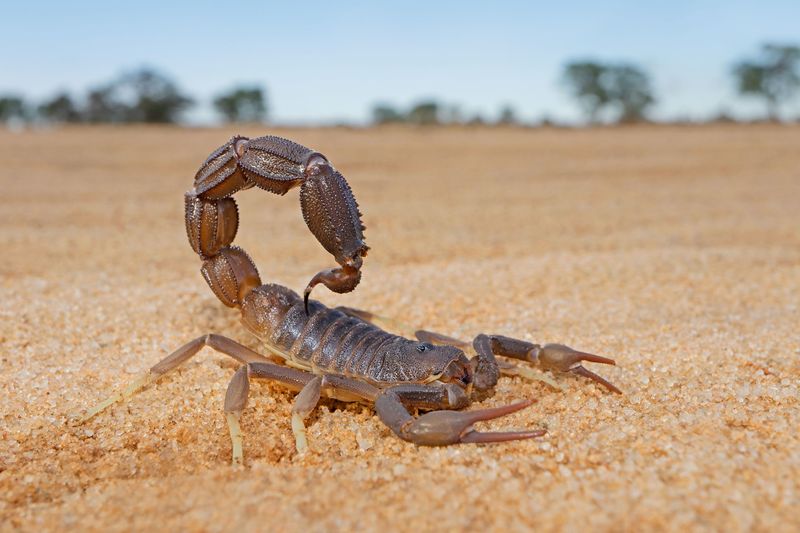
Scorpions are ancient survivors, having existed for hundreds of millions of years. These arachnids can endure extreme temperatures, making them suitable for post-apocalyptic conditions.
They have a remarkable ability to regulate their metabolism, allowing them to survive on minimal food for extended periods. Their tough exoskeleton provides protection against harsh environmental factors, including radiation.
Scorpions’ venomous sting deters predators, ensuring their survival. Their adaptability to various climates makes them formidable survivors in a nuclear apocalypse scenario.
Deinococcus Radiodurans
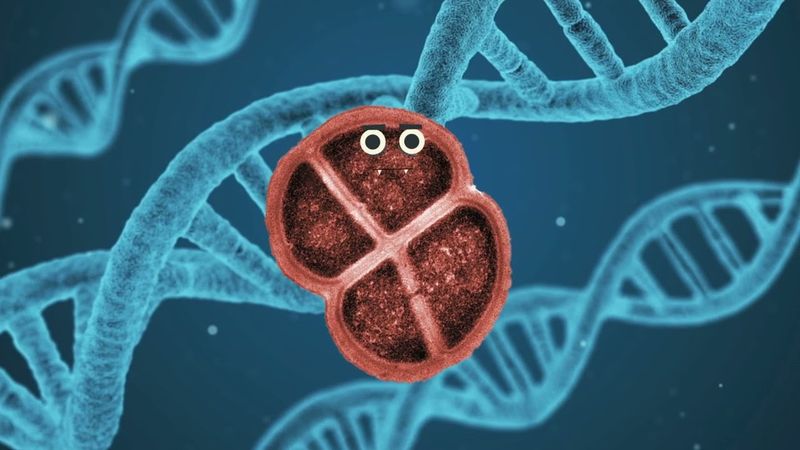
Often dubbed “Conan the Bacterium,” Deinococcus radiodurans is one of the most radiation-resistant organisms known. This bacterium can withstand doses of radiation thousands of times higher than what would kill a human.
Its secret lies in its extraordinary DNA repair mechanisms, allowing it to fix damage that would be fatal to other organisms. Found in diverse environments, from deserts to nuclear waste sites, D. radiodurans thrives where other life forms cannot.
Its resilience makes it a top contender for surviving a nuclear apocalypse.
Rat
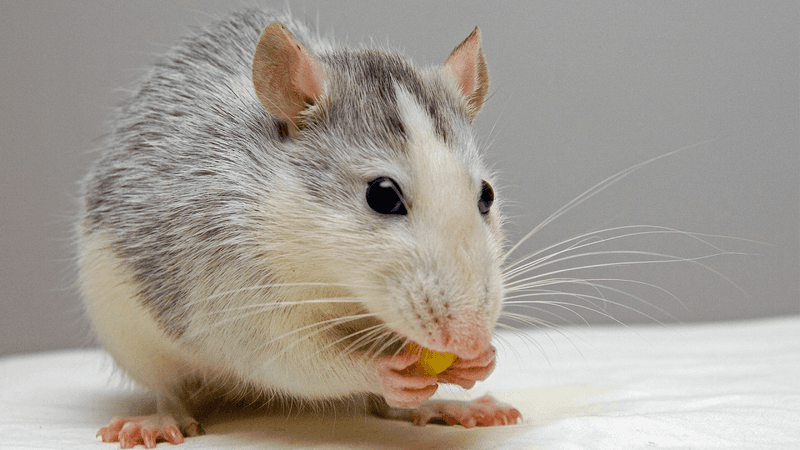
Rats are versatile mammals known for their adaptability. These creatures can survive in nearly any environment, from urban areas to the wilderness.
Rats have a high reproductive rate, which aids in their survival despite adverse conditions. Their omnivorous diet allows them to eat a variety of foods, including waste, ensuring sustenance in a post-apocalyptic world.
Rats’ intelligence and social structures also contribute to their resilience, making them likely survivors in a nuclear event.
American Cockroach
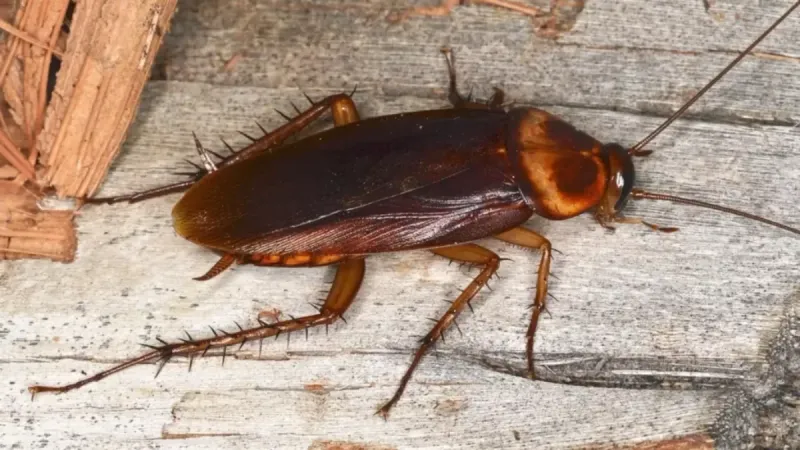
The American cockroach is another insect known for its durability. Like its relatives, it can survive high radiation levels. Its large size and rapid breeding rate make it a formidable survivor.
This cockroach can thrive on a diet of almost anything, from food scraps to paper, ensuring it finds nourishment in barren landscapes. Its ability to scuttle away quickly aids in escaping threats, enhancing its chances of survival.
With their robust nature, American cockroaches are well-suited to endure nuclear fallout.
Braconidae Wasp
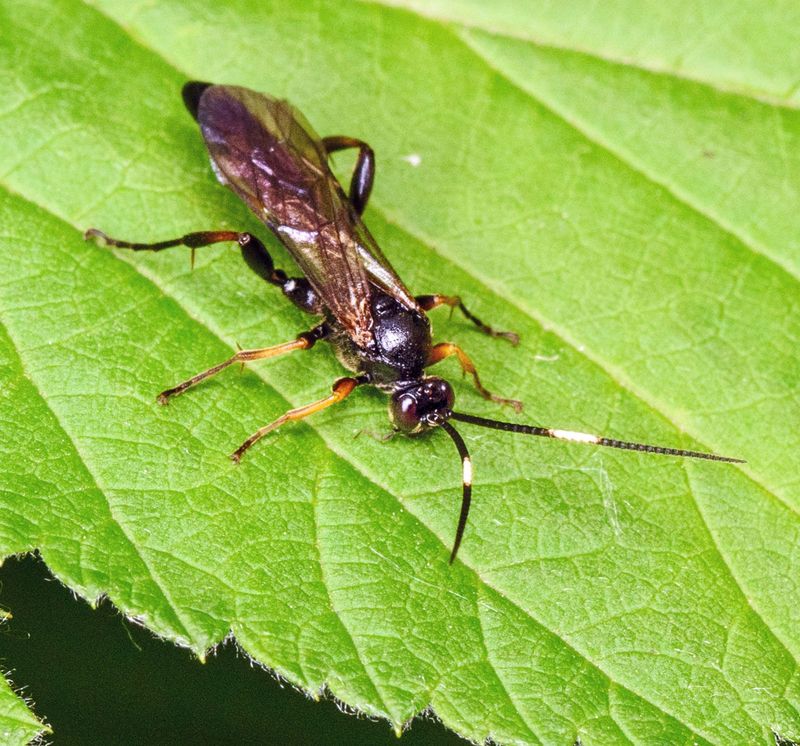
Braconidae wasps are small but mighty insects with an incredible tolerance to radiation. These parasitic wasps have a unique life cycle that involves laying eggs inside host insects.
Their larvae consume the host from the inside, eventually emerging to continue the cycle. This adaptability allows them to thrive in environments where other species might struggle to survive.
Their resilience to radiation and ability to exploit resources make Braconidae wasps potential survivors of a nuclear apocalypse.
Ant
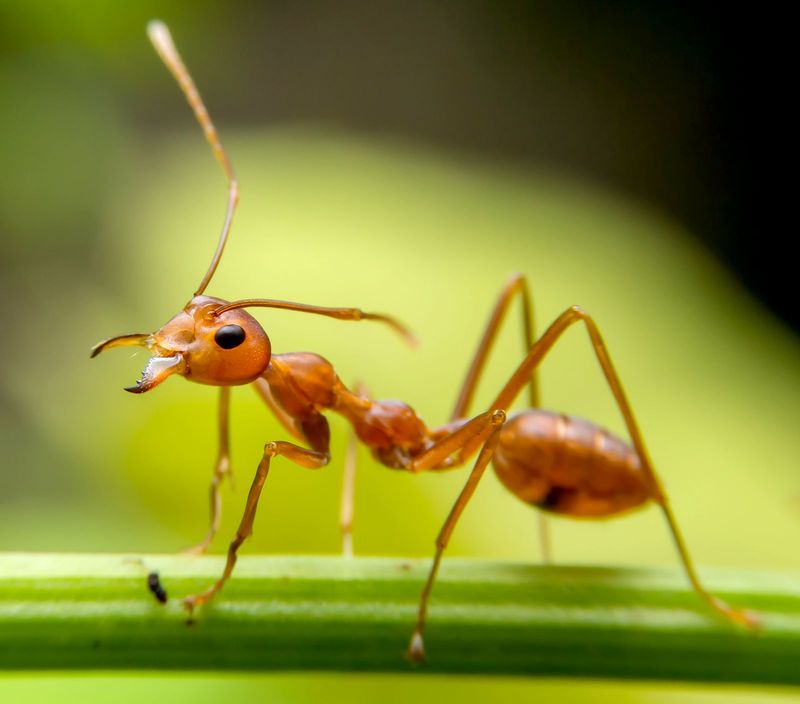
Ants are social insects with complex colony structures, making them well-equipped for survival. They can withstand various environmental stresses and thrive in diverse habitats.
Their cooperative nature and ability to adapt to changing conditions allow them to thrive post-catastrophe. Ants’ resilience comes from their collective organization, which ensures efficient resource gathering and defense against threats.
Their presence on every continent, except Antarctica, highlights their adaptability, making them contenders for surviving a nuclear apocalypse.
Bdelloid Rotifers
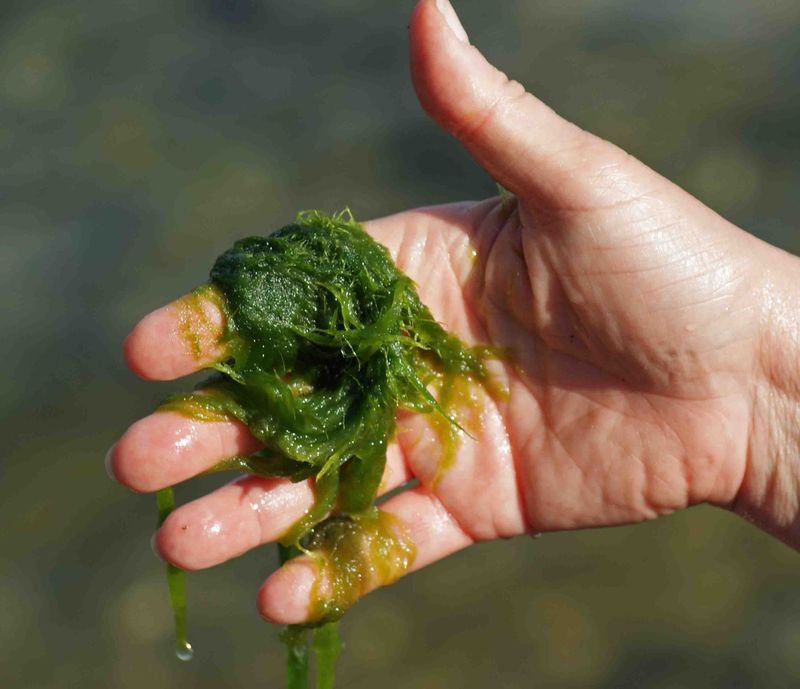
Bdelloid rotifers are tiny freshwater creatures known for their incredible resilience. These microscopic animals can withstand extreme desiccation, freezing, and radiation, making them prime candidates for surviving harsh environments.
When faced with adverse conditions, bdelloid rotifers enter a state of cryptobiosis, essentially halting their metabolism. This survival strategy allows them to endure until conditions improve, allowing them to thrive once again.
Their ability to repair DNA damage caused by radiation further enhances their survival capabilities, making them one of nature’s toughest survivors.
Bacillus F
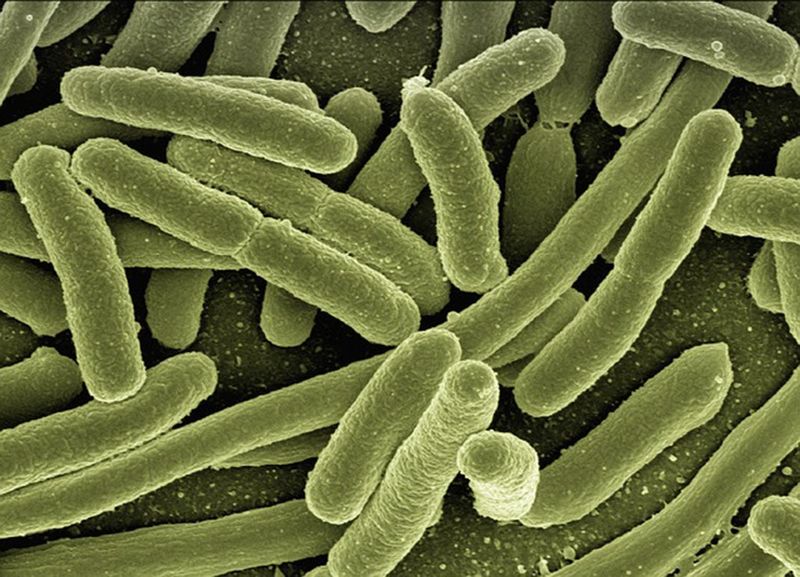
Bacillus F is a resilient bacterium known for withstanding harsh conditions, including high radiation levels. These bacteria form spores, allowing them to remain dormant until favorable conditions return.
Found in diverse environments, Bacillus F can endure extreme temperatures, desiccation, and chemical exposure. Their spore-forming ability helps them survive in environments otherwise inhospitable to life.
Bacillus F’s adaptability and resilience make it a likely candidate for surviving a nuclear apocalypse.
Wood Frog
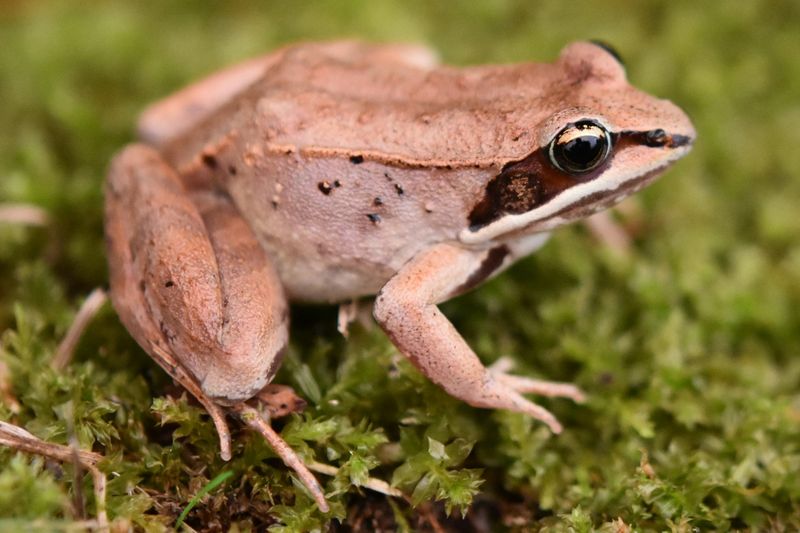
The wood frog is a remarkable amphibian capable of surviving extreme cold by entering a state of suspended animation. During harsh winter months, wood frogs freeze, and their heart stops, yet they thaw and revive come spring.
This ability to survive in suspended animation helps them endure nuclear winter conditions. Their adaptability to varied habitats and resilience to environmental changes contribute to their potential survival.
Wood frogs are a testament to nature’s ingenious survival strategies.
Fungus
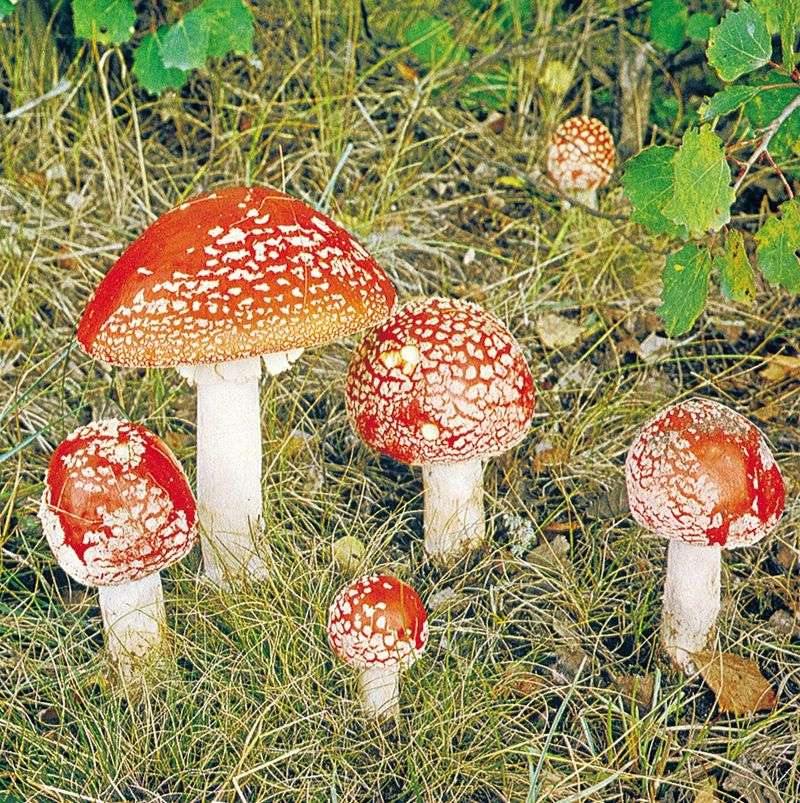
Fungi are versatile organisms capable of surviving in extreme environments. Known for decomposing organic matter, fungi play crucial roles in nutrient cycling and ecosystem balance.
Some fungi, like those found in Chernobyl, can thrive in radioactive environments by processing radiation into energy. This unique adaptation allows them to survive where other life forms perish.
Fungi’s resilience and adaptability make them formidable candidates for surviving a nuclear apocalypse, contributing to ecosystem recovery.
Fruit Fly
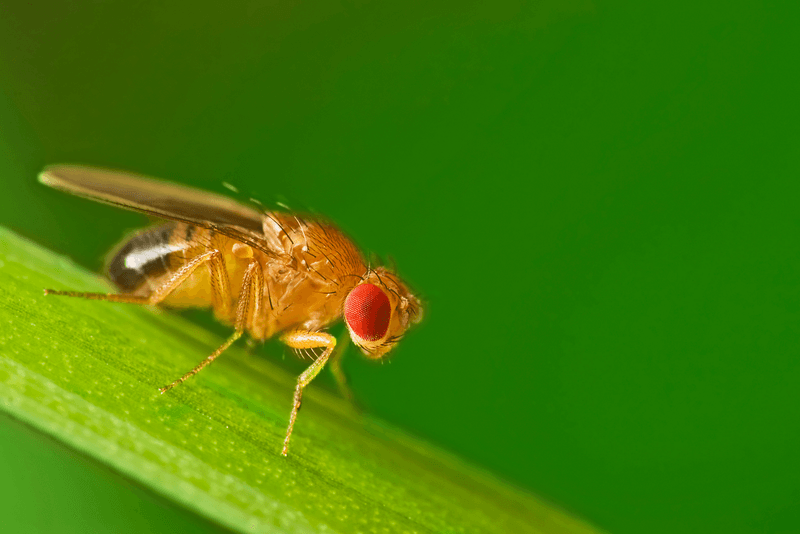
Fruit flies are small but resilient insects known for their rapid reproductive cycles. These tiny creatures can withstand high radiation levels, making them likely survivors in a post-apocalyptic world.
Fruit flies have been instrumental in scientific research, revealing insights into genetics and radiation resistance. Their ability to quickly adapt to changing environments ensures their survival.
Their presence in diverse habitats across the globe makes fruit flies key players in maintaining ecological balance.
Cyanobacteria
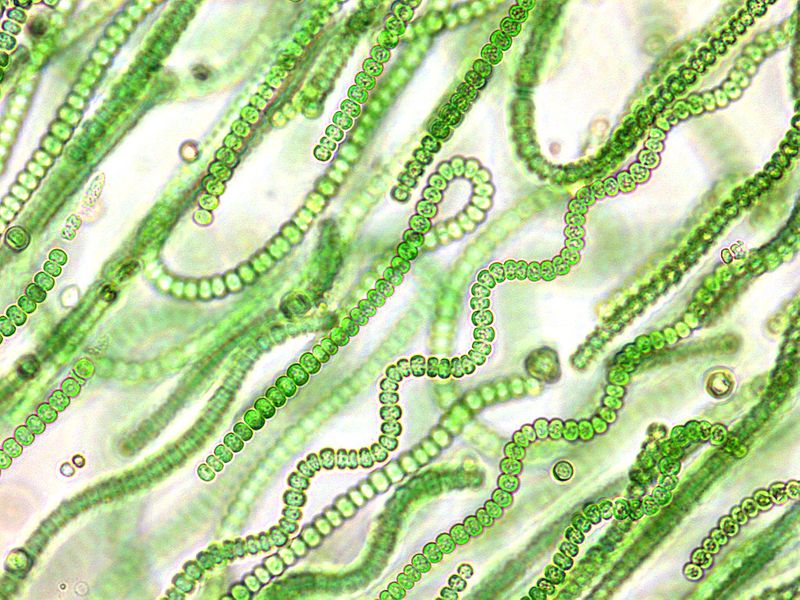
Cyanobacteria, also known as blue-green algae, are ancient microorganisms capable of surviving extreme conditions, including high radiation. These photosynthetic bacteria thrive in diverse environments, from oceans to hot springs.
Cyanobacteria’s ability to perform photosynthesis allows them to harness sunlight for energy, even in harsh conditions. Their resilience to radiation and adaptability to various habitats make them contenders for surviving a nuclear apocalypse.
These microorganisms play essential roles in oxygen production and nutrient cycling, making them vital for ecosystem recovery.
Millipede
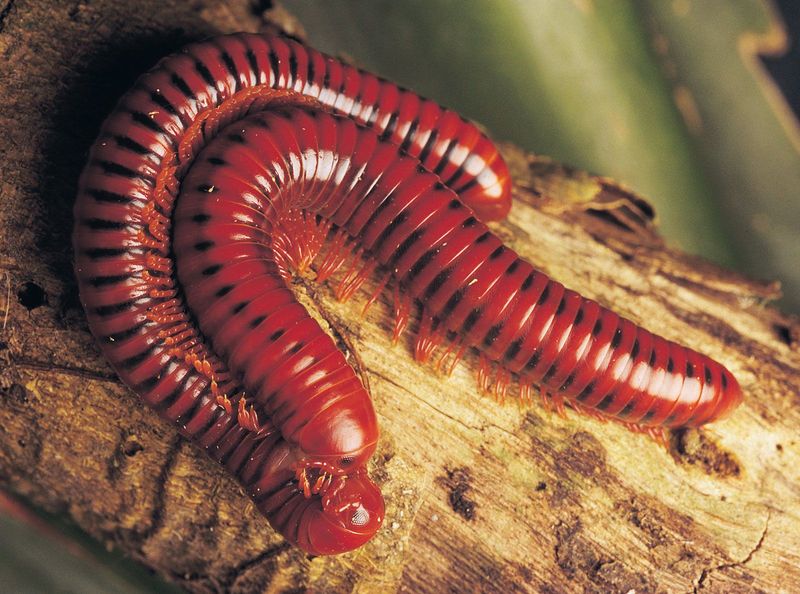
Millipedes are resilient arthropods known for their ability to survive in diverse environments. Their tough exoskeleton provides protection against harsh conditions, including radiation.
Millipedes play crucial roles in decomposing organic matter, contributing to nutrient cycling in ecosystems. Their ability to thrive in various climates and habitats enhances their survival chances.
As detritivores, millipedes can feed on decaying plant material, ensuring sustenance in a post-apocalyptic world. Their adaptability makes them potential survivors in a nuclear apocalypse.
Wolverine
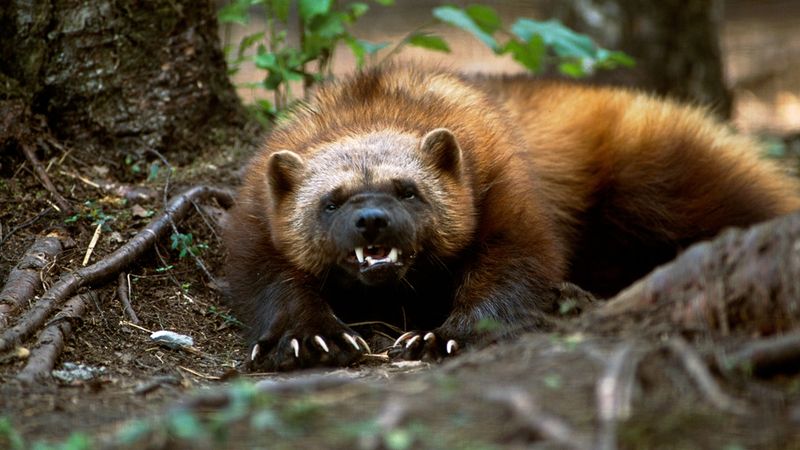
Wolverines are hardy mammals known for their strength and resilience in harsh environments. These solitary creatures can survive cold and barren landscapes, making them potential survivors in a nuclear winter.
Wolverines have a reputation for being fierce and tenacious, able to take down prey much larger than themselves. Their adaptability to various climates and ability to scavenge for food aid their survival.
Their robust nature and survival skills make wolverines formidable contenders in a post-apocalyptic world.
Horseshoe Crab
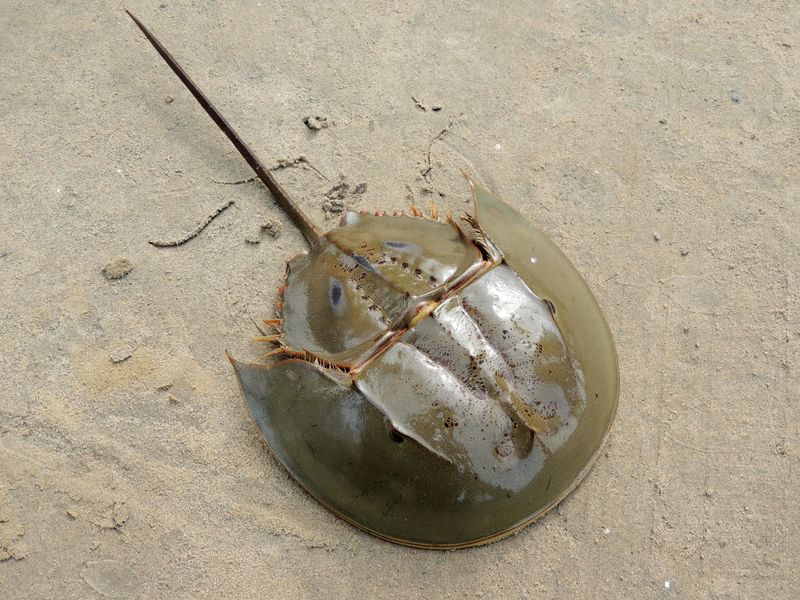
Horseshoe crabs are ancient marine arthropods, often called living fossils. These creatures have survived multiple mass extinctions, showcasing their resilience.
Horseshoe crabs can thrive in different salinity levels, allowing them to adapt to changing environments. Their unique blue blood contains properties that protect them from bacteria, enhancing their survival.
Their ability to withstand harsh conditions, along with their evolutionary longevity, makes horseshoe crabs potential survivors of a nuclear apocalypse.
Black Bear
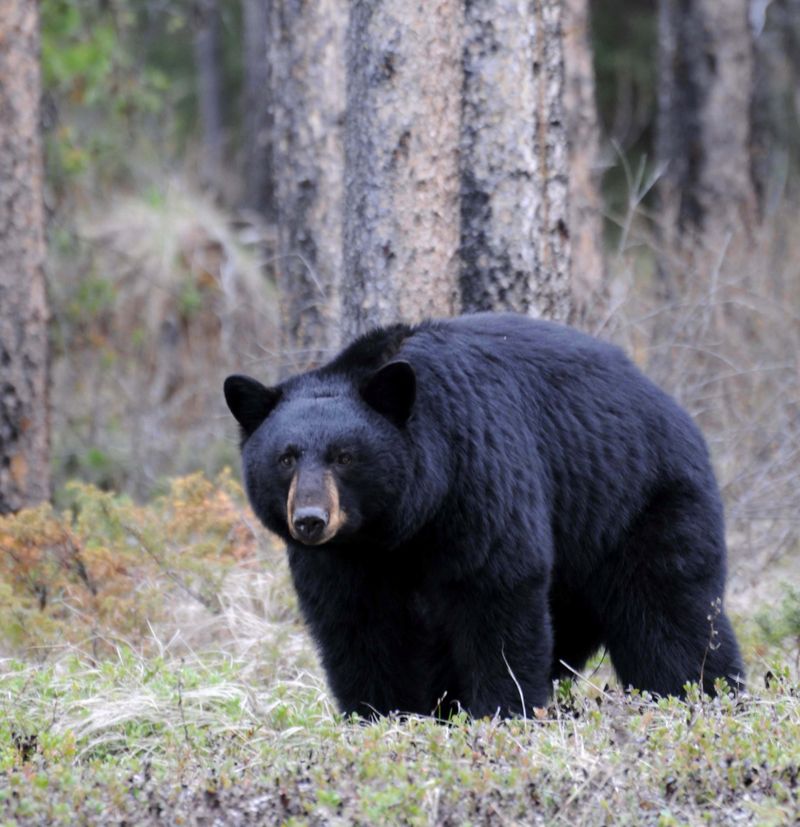
Black bears are adaptable mammals capable of surviving in various habitats, from forests to mountains. These omnivores can eat a wide range of foods, allowing them to find sustenance in post-apocalyptic landscapes.
Black bears’ hibernation ability helps them endure harsh winters, conserving energy when resources are scarce. Their intelligence and problem-solving skills contribute to their survival.
Black bears’ versatility and resilience make them likely contenders for surviving a nuclear apocalypse.
Lichen
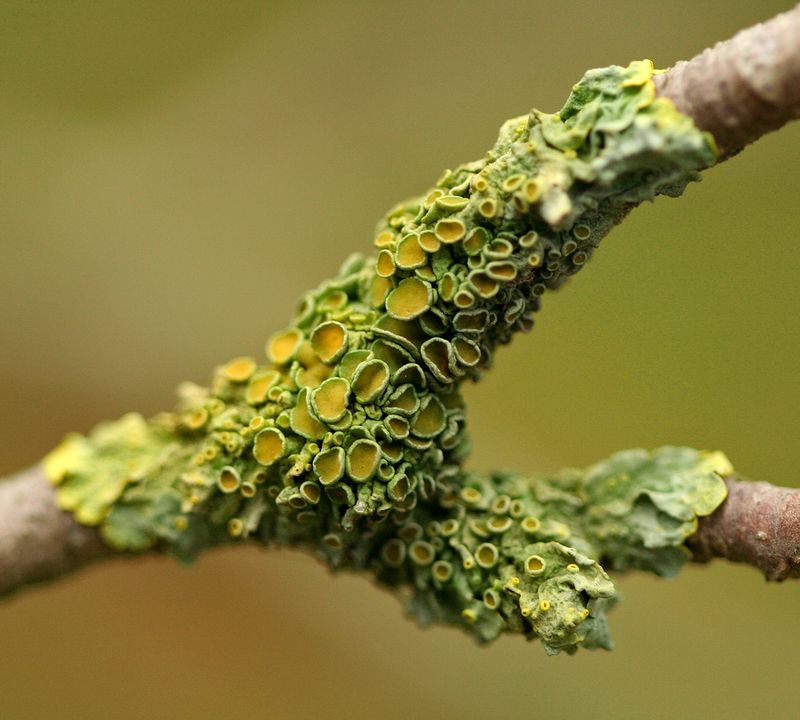
Lichens are complex organisms composed of fungi and algae, known for thriving in extreme conditions. These symbiotic relationships enable them to survive in environments from deserts to polar regions.
Lichens play vital roles in ecosystems, contributing to soil formation and nutrient cycling. Their ability to photosynthesize allows them to harness sunlight for energy, even in harsh conditions.
With their resilience and adaptability, lichens are likely to withstand the challenges of a nuclear apocalypse.
Arctic Fox
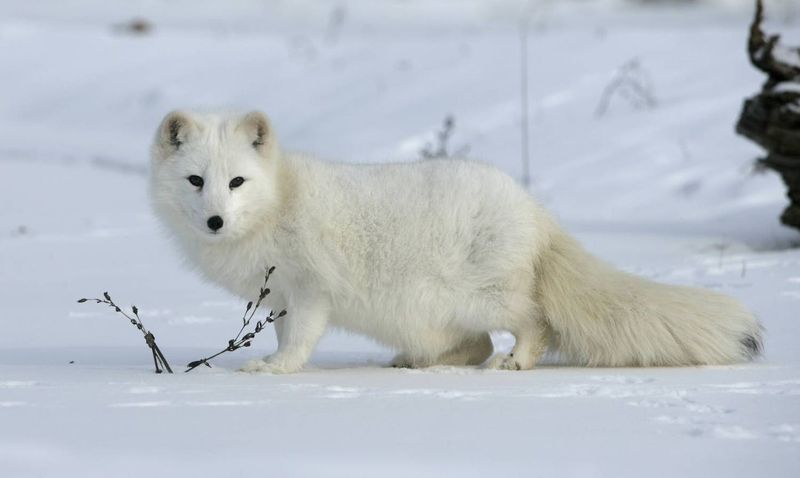
Arctic foxes are adaptable mammals known for thriving in cold, harsh environments. Their thick fur and compact bodies help them conserve heat, making them suitable for nuclear winter conditions.
These foxes have a varied diet, including small mammals and carrion, ensuring sustenance in a barren landscape. Their ability to travel long distances in search of food enhances their survival chances.
Arctic foxes’ resilience and adaptability make them potential survivors in a post-apocalyptic world.
Naked Mole Rat
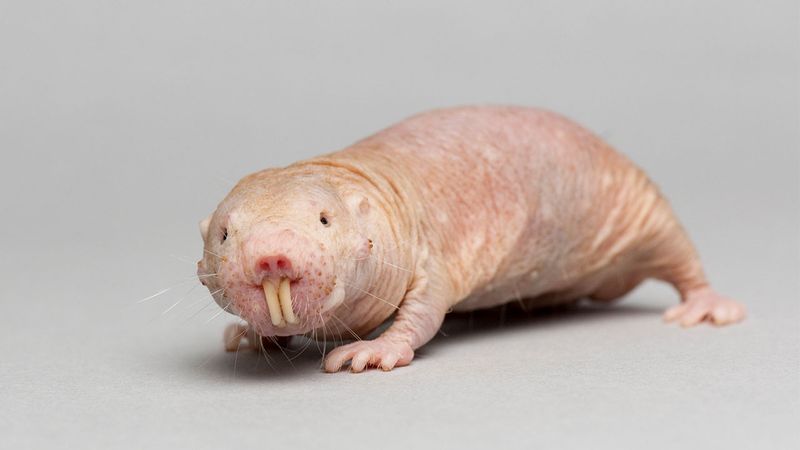
Naked mole rats are unique rodents known for their eusocial structure, similar to ants and bees. These subterranean creatures thrive in underground colonies, protected from surface threats.
Naked mole rats can survive low oxygen levels and are resistant to cancer, enhancing their survival chances in harsh conditions. Their cooperative behavior ensures efficient resource sharing within the colony.
Their resilience and adaptability make naked mole rats formidable survivors in a nuclear apocalypse.
Camel
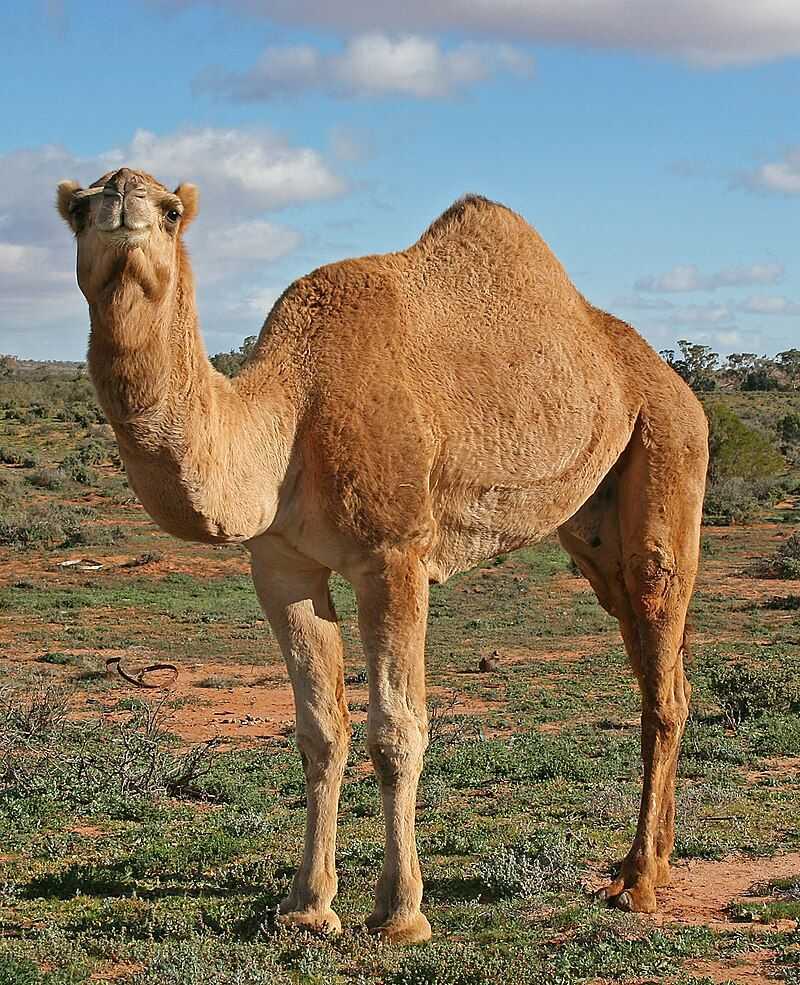
Camels are iconic desert survivors, known for enduring extreme temperatures and scarce water resources. Their humps store fat, providing energy during long periods without food.
Camels’ ability to conserve water and withstand harsh conditions makes them suitable for post-apocalyptic landscapes. Their adaptability to various environments ensures their survival.
With their resilience and resourcefulness, camels are strong contenders for surviving a nuclear apocalypse.
Resurrection Plant
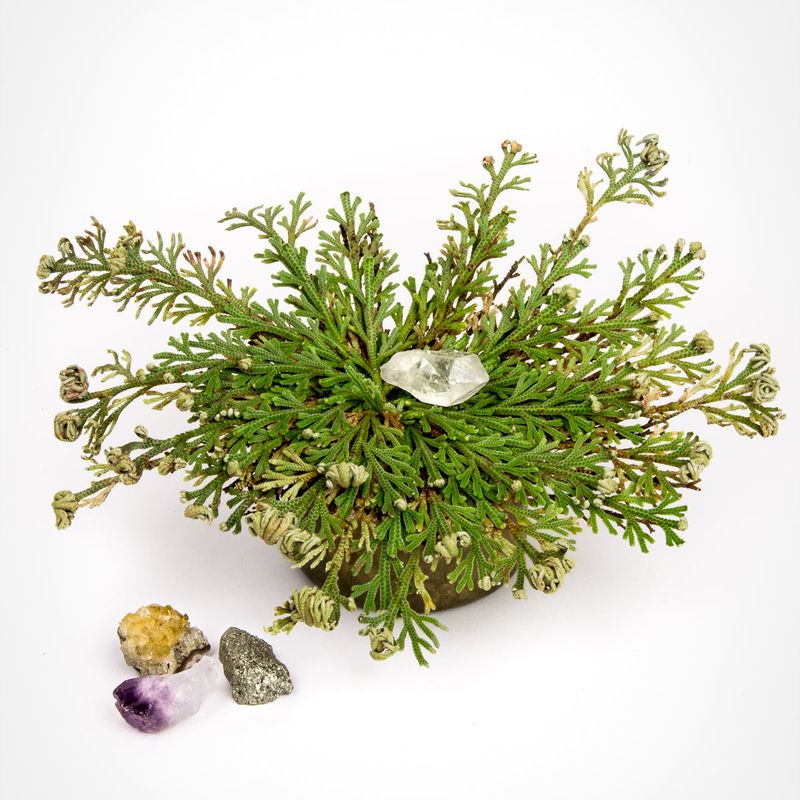
Resurrection plants are remarkable for their ability to survive desiccation. These plants can dry out completely and rehydrate when water becomes available, reviving their photosynthesis processes.
Found in arid regions, resurrection plants have adapted to withstand prolonged droughts. Their resilience to extreme conditions makes them well-suited to survive a nuclear apocalypse.
These plants are a testament to nature’s ingenuity, thriving in environments that challenge life.
Pine Beetle
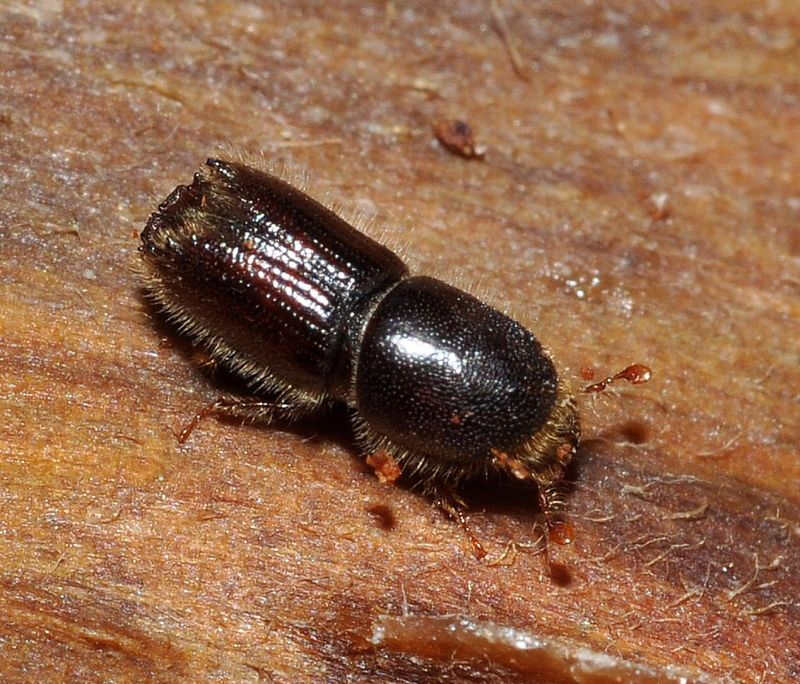
Pine beetles are resilient insects known for their ability to survive in harsh environments. These beetles play significant roles in forest ecosystems, breaking down dead trees.
Their tough exoskeleton offers protection against environmental stressors, including radiation. Pine beetles’ adaptability to various climates and habitats ensures their survival.
As decomposers, they contribute to nutrient cycling, supporting ecosystem recovery in post-apocalyptic landscapes. Their resilience makes them potential survivors of a nuclear apocalypse.
Glowing Sea Slug
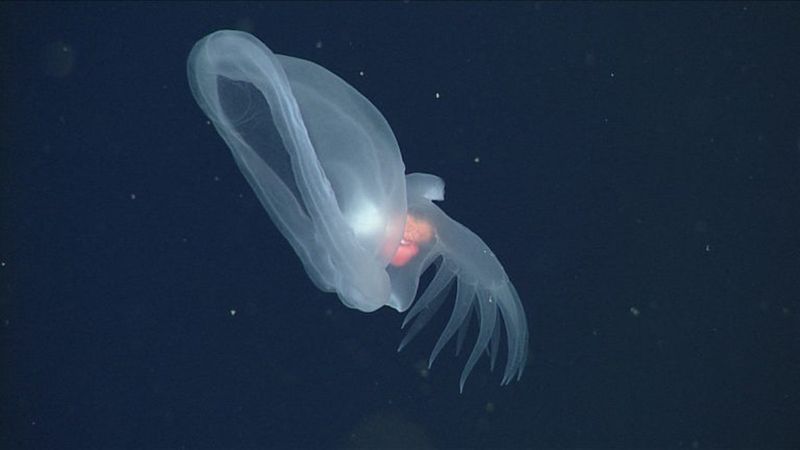
The Glowing Sea Slug, found in deep ocean trenches, possesses a natural luminescence that could be advantageous during a nuclear apocalypse. This glow helps it navigate and communicate in the dark, irradiated waters. Its unique ability to absorb and detoxify radiation from the environment safeguards its survival.
With a diet consisting mainly of algae and detritus, it can thrive in depleted ecosystems. Its soft, flexible body allows it to adapt to changing pressures and environments. These traits make the Glowing Sea Slug a remarkable contender for survival, illuminating the depths of an irradiated ocean world.
Its resilience and adaptability are key factors in its ability to withstand harsh conditions, revealing the incredible potential of nature’s undersea wonders.

